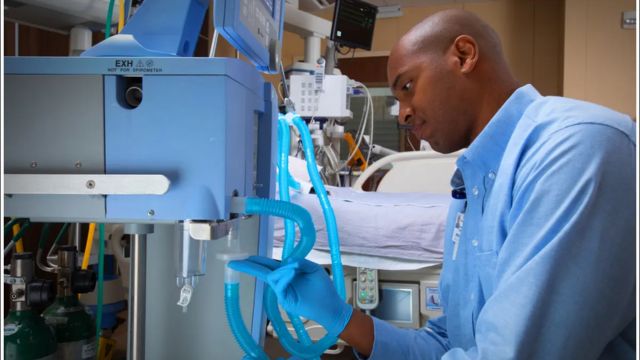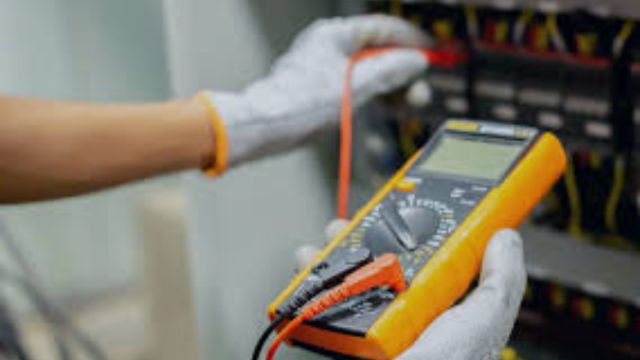Focused on the administration, maintenance, and safety of medical equipment used in patient care, clinical engineering is a critical field within healthcare. Equipment maintenance and safety are first concern since the dependability and performance of medical equipment directly relate to patient safety and treatment results. This paper explores the reasons behind the need of equipment maintenance and safety in clinical engineering, the difficulties faced, and best practices to guarantee ideal healthcare delivery.
Why Equipment Maintenance Matters in Clinical Engineering
From basic thermometers to sophisticated imaging equipment and life-support systems, medical devices are vital instruments used daily by doctors. Correct maintenance guarantees these equipment’ accuracy and efficiency, therefore preventing faults that can compromise patient safety.
-
Ensuring Patient Safety
Inaccurate diagnosis, treatment mistakes, or even direct patient injury can result from malfunctioning or improperly kept medical equipment. A failing ventilator, for instance, can result in inadequate oxygen delivery, and an erroneous medicine dosage from an imprecise infusion pump. Regular maintenance lowers the possibility of such breakdowns, therefore protecting patients from needless damage. -
Extending Equipment Lifespan
For hospitals, medical equipment is a major outlay of money. Early wear and tear identification made possible by scheduled maintenance helps to avoid significant failures and expensive repairs. By extending the lifetime of equipment, this proactive strategy maximises the return on investment and lets facilities better utilise their resources. -
Compliance with Regulatory Standards
Medical device safety and performance must be followed strictly by healthcare professionals in line with regulations. Safety inspections and regular maintenance are mandated by organisations including the FDA (U.S. Food and Drug Administration) and international authorities include the ISO (International Organisation for Standardising). Legal sanctions, fines, or loss of accreditation could all follow from non-compliance. -
Minimizing Downtime and Disruptions
In busy clinical settings, equipment downtime can cause delays in diagnosis and treatment, impacting overall patient care quality. Maintenance programs minimize unexpected breakdowns by addressing potential issues before they escalate, ensuring that devices are available and operational when needed most.
Key Aspects of Equipment Safety in Clinical Engineering
Safety in clinical engineering encompasses more than just maintenance; it involves systematic approaches to risk management, training, and monitoring.
Risk Assessment and Management
Identifying potential hazards associated with medical devices is essential. Clinical engineers conduct thorough risk assessments to evaluate how equipment might fail and the potential consequences. This process informs maintenance schedules, replacement plans, and emergency protocols.
Calibration and Performance Testing
Accurate calibration of devices ensures measurements are precise, which is critical in diagnostics and treatment. Performance testing verifies that equipment operates within specified parameters. Regular calibration prevents measurement errors, maintaining clinical accuracy.
User Training and Awareness
Even well-maintained equipment can pose safety risks if operated incorrectly. Clinical engineers play a role in training healthcare staff on proper device use, troubleshooting common issues, and recognizing signs of malfunction. User awareness reduces human errors and enhances safety.
Incident Reporting and Analysis
Establishing systems for reporting equipment-related incidents helps healthcare organizations learn from past issues. Analysis of these reports can uncover patterns and inform improvements in maintenance practices or equipment design.
Challenges in Equipment Maintenance and Safety

While the importance of maintenance and safety is clear, clinical engineers face several challenges in implementing effective programs:
-
Rapid Technological Advancements: Medical technology evolves quickly, requiring engineers to continuously update their skills and knowledge to maintain newer, more complex devices.
-
Budget Constraints: Limited financial resources may restrict the frequency or scope of maintenance activities, forcing difficult decisions on prioritizing which equipment to service.
-
Equipment Diversity: Healthcare facilities often use a wide range of devices from different manufacturers, each with unique maintenance needs and protocols.
-
Aging Equipment: Older devices may lack manufacturer support or replacement parts, complicating maintenance efforts.
Best Practices for Effective Equipment Maintenance and Safety
To overcome these challenges, clinical engineering departments should adopt comprehensive strategies:
Develop a Preventive Maintenance Program
Scheduled preventive maintenance helps detect and fix issues before they cause failure. This includes regular inspections, cleaning, lubrication, part replacements, and software updates as recommended by manufacturers.
Utilize Computerized Maintenance Management Systems (CMMS)
CMMS software can track equipment inventory, schedule maintenance tasks, and maintain detailed service records. This technology streamlines workflows and ensures no equipment is overlooked.
Collaborate Across Departments
Effective communication between clinical engineers, healthcare providers, and administrative staff fosters a safety culture. Reporting concerns, sharing insights, and coordinating maintenance minimize risks.
Continuous Training and Education
Ongoing professional development keeps clinical engineers and medical staff updated on new technologies, standards, and best practices in equipment maintenance and safety.
Monitor and Analyze Equipment Performance Data
Using data analytics and IoT (Internet of Things) sensors, hospitals can monitor real-time device performance, predict failures, and schedule maintenance more efficiently.
Conclusion
Keystones of clinical engineering, equipment maintenance and safety directly affect operating efficiency, patient care quality, and safety. Essential elements to satisfy the always rising needs of modern healthcare include proactive maintenance programs, risk management, staff training, and adoption of new technologies.
Clinical engineers make sure that medical practitioners may rely on their tools to provide accurate diagnosis and efficient treatments by giving equipment dependability and safety first priority. Better patient outcomes and a safer hospital environment follow from this dedication in general.
Discover quality industrial and medical supplies tailored to your needs at J & J Supplies. Whether you’re looking for reliable packaging materials or essential safety products, we’ve got you covered. Browse our wide range today and experience dependable service and fast delivery. Shop now for the best deals!








